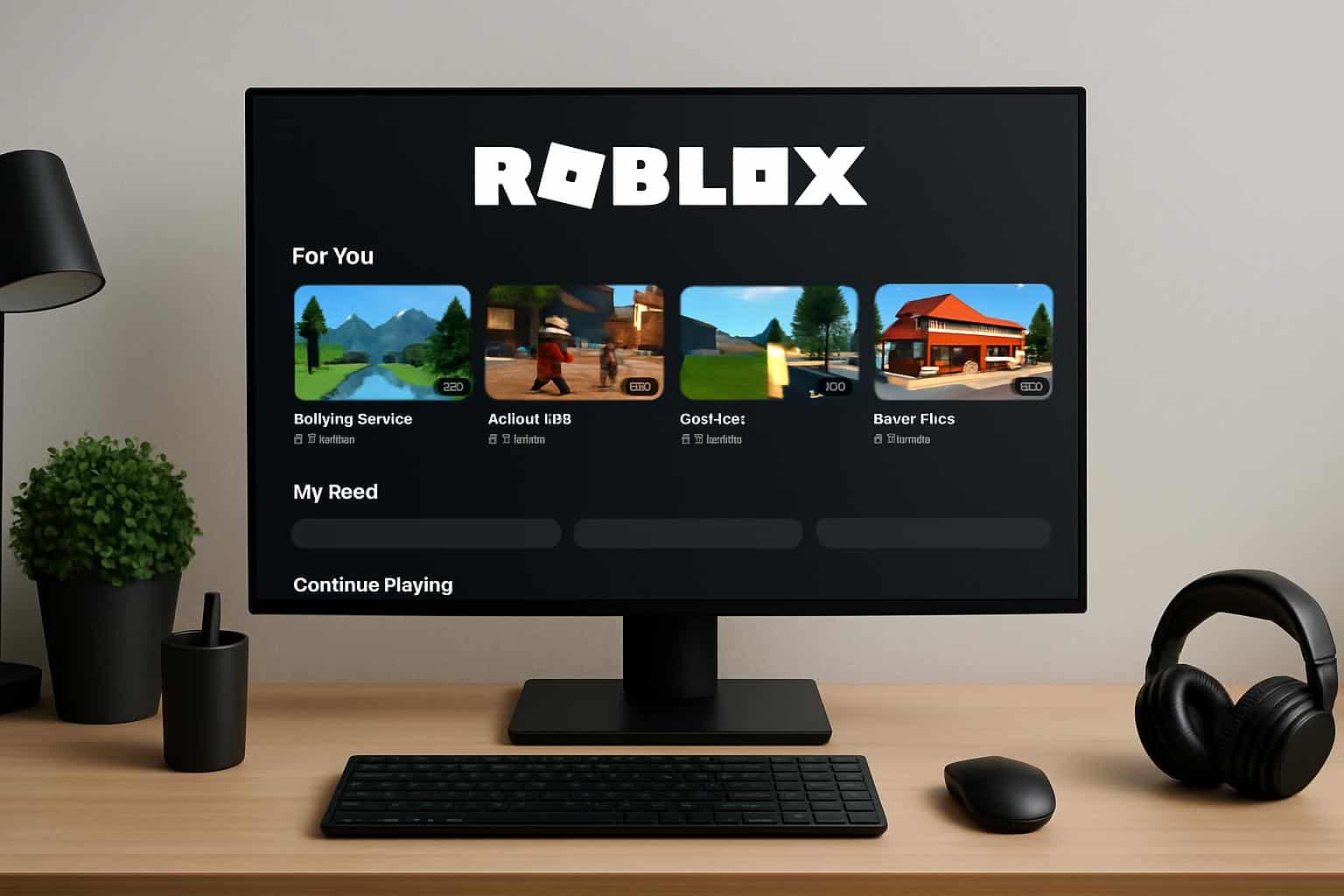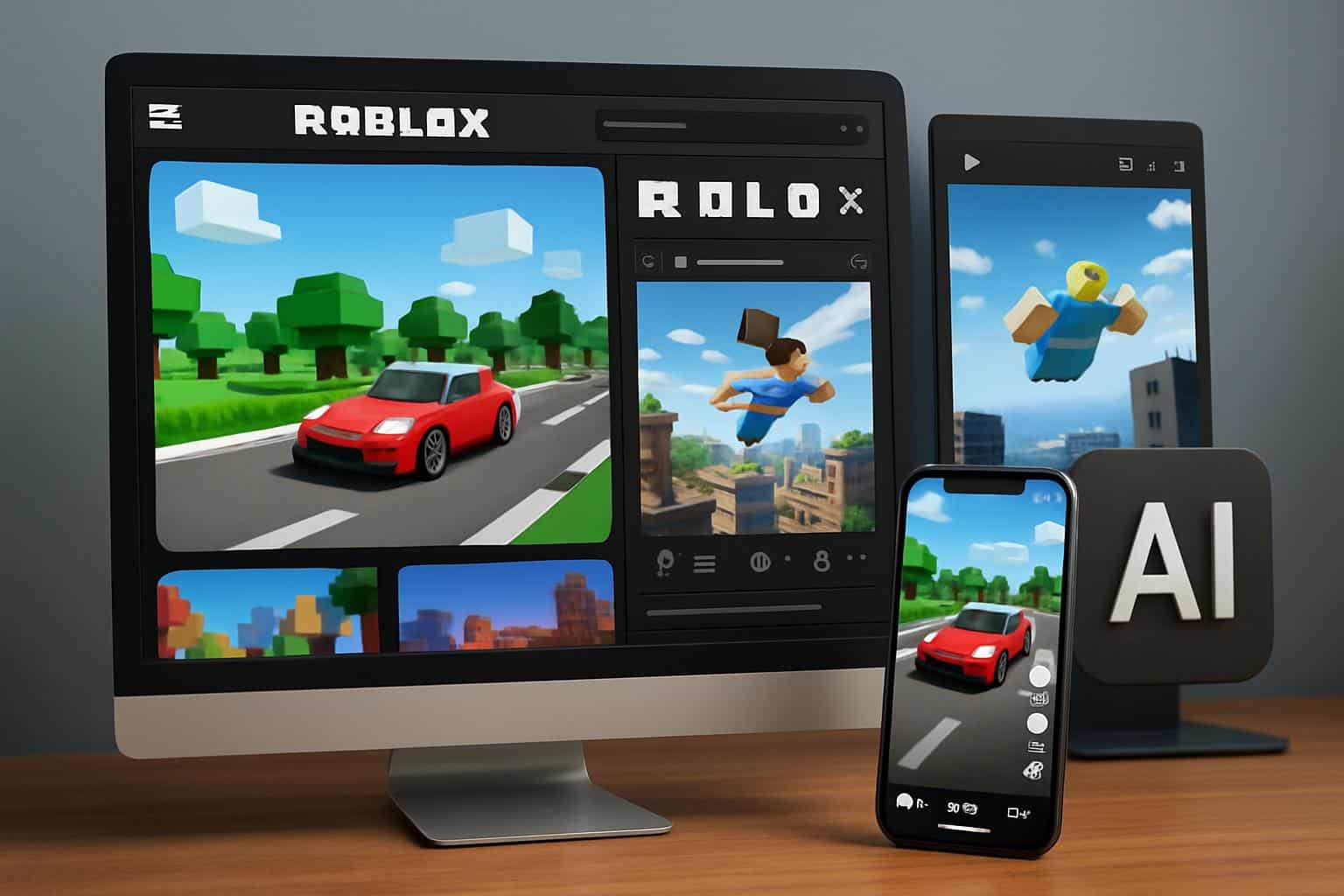Roblox is introducing a TikTok-style short-form video feed for clips of its games, along with AI-powered creation tools, an increase in developer payouts, and engine improvements intended to increase fidelity and reduce cheating. The push aims to make the loop between watching, making and playing on a platform that has reported more than 70 million daily active users and billions of hours of engagement per quarter even tighter.
A native feed for bite-size game discovery
Named “Roblox Moments,” the new feed rolls out in beta to users who are 13 and older. The recordings can be made, trimmed to a 30-second clip, set to music, captioned and shared to a vertically scrolled feed, where fellow users can react with emojis or dive right into the experience that was the subject of the clip. All clips are reviewed before being uploaded, and there are reporting tools to flag anything inappropriate.

The approach echoes the attention mechanics that reshaped music and shopping on short-video platforms: Discovery happens in seconds, and conversion — in this case joining a game — is just a tap away. For creators, that makes highlight moments an acquisition funnel not predicated on external social networks. Roblox adds that it will additionally open APIs so studios can create their own in-experience discovery mechanisms, such as trending highlight reels, challenge compilations or leaderboards that highlight the top drifts within a racing game.
Most important, the rollout is gradual to pressure-test moderation and age controls. That matches the company’s recent broadening of age estimation and signing on the International Age Rating Coalition that partners with the likes of ESRB and PEGI to provide standardized ratings on age and content through digital storefronts.
AI shifts from static tools to business systems
Roblox is also upgrading its generative pipeline so creators will be able to generate fully-fledged objects — rather than just meshes. The early listings feature vehicles and weapons. A prompt, such as “a powerful and futuristic red sports car,” would produce a drivable car with adjustable properties, and animators could then adjust handling, openable doors or a light, bypassing days or weeks of scripting and rigging for small teams.
Voice technology is poised to get a lift as well. When the beta starts, real-time voice chat translation will support four languages: English, Spanish, French and German You speak the language, and your teammates hear your words in their preferred one. Among those are text-to-speech and speech-to-text APIs, which can make narrated quests, NPC banter, and voice commands a reality for developers — picture an NPC leading players through a tutorial in one of 10 customizable English voices or a player shouting “Fire!” to trigger a cannon.
All of these tools together suggest a creator workflow that leans less on specialized animation or audio staff and more on iterative thumbs, with prompts and meter tuning. That follows broader industry trends observed by bodies such as the IGDA and game engine makers, where AI assistance is becoming more common for prototyping and polish, rather than a final tool for manual craft.
Developers get a measurable bump
Roblox is improving its DevEx (Developer Exchange) rate, giving paid creators more cash when converting the virtual currency earned by their games. Now 100,000 Robux will be worth $380, not $350. The underlying economics vary from studio to studio, but for mid-size and smaller teams with strong engagement but lower levels of monetization it can pack a significant punch — and it’s coming at a time when many creators are grappling with rising user acquisition costs off-platform.

Paired with the new feed, an incentive structure encourages creators to package their top moments for surfacing within seconds and monetize with in-experience items and passes. As clip sharing continues to grow expect more game studios to design clip-friendly mechanics— videos that don’t need a lot of context or explanation when shared—such as high-satisfaction moments, cool finishers, or photogenic scenery to experience and share in punchy, 10–30 second bursts.
Fidelity and fair play the target of engine upgrades
On the platform side, Roblox is debuting “Server Authority,” a mode that moves more sensitive simulation to trusted servers, ultimately minimizing exploits and realism for physics-based interactions. This is particularly important in cases such as competitive situations, where client-side manipulation can alter results.
Avatars have been tagged for a movement overhaul too: more realistic running, climbing, and vaulting, along with better hand interaction such as picking up items with separate fingers. According to Roblox, these upgrades will scale across the various devices — mobile, console and PC— without any additional work from creators, a key promise at a time when it has a fragmented hardware base it’s serving with its platform.
If you started with more fidelity to begin with, the canvas for genres that thrive on nuance of motion, on tactile interaction, such as parkour, or in competitive shooters and social role\-play, will be wider.”4 The Old Guard Range” is pretty scenic.” And “Powerhouse” is not powered by powerhouses. For players, it means fewer immersion-breaking collision issues; for creators, fewer bespoke workarounds for basic physicality.
What this means for Roblox’s universe
That short-form feed provides Roblox its native discovery layer that can maintain attention on-platform while the AI stack reduces the friction to ship complex systems. Throw in a more favorable cash-out rate and a more durable engine, and the roadmap is as much about creator retention as it is user retention.
If execution lives up to ambition — especially in regard to moderation, translation accuracy, and anti-cheat enforcement — Roblox could compress the path from idea to hit experience. For an ecosystem that’s already counted in the billions of hours played, such revenue improvements at the clip-to-session level could be significant.

